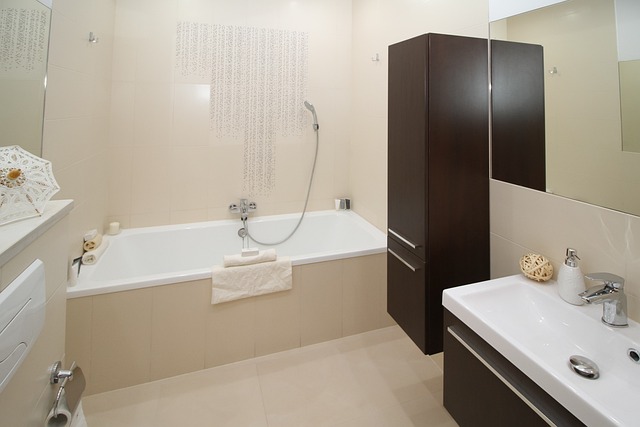Planning a Bathroom Remodel

First Step – Planning It All Out
Proper preparation will play an integral part in the bathroom renovation process. If you choose to approach the remodelling as a DIY project, you’ll want to investigate the costs of materials. Aside from the bathroom, another part of a home that often needs renovation is the kitchen. If you’re in the Surrey area, check out handmade kitchen Surrey for a professional and affordable kitchen renovation service.
When considering which remodeling contractors to enlist, you’ll want to get a price estimate from all of them before making a final decision. You should remember that the total cost of a bathroom renovation, depending on the type of material you install a new or replace, can rise to thousands of pounds for even the tiniest of bathrooms.
At this stage, you don’t have the pressure of choosing the precise materials you need. Unique design options are better handled on the fly when the time reaches. Nevertheless, it is advised that you get a rough picture of the pricing catalog.
If you are looking to design a fresh bathroom layout, you will need to come up with a new floor design at this juncture. It is important that you pinpoint where the current wiring and plumbing are located and the final location you want them fitted. That information will assist you to get precise estimates from plumbers and electricians.
You can also enquire from the bathroom contractors whether they can assist you to nab discounts on materials such as lighting, paint, and fixtures. Chances are that they have connections and know where to get cost-effective items. That can assist you to save on bathroom remodeling.
Step 2 – Demolishing Your Old Bathroom
Some people have the opinion that the demolition stage is the most thrilling part of the entire bathroom remodel. Nevertheless, executing the demolition without the right planning can be disastrous.
Firstly, make sure that you have cut off the electricity and water supply to the bathtub, shower, sink, and toilet. Be wary not to damage any resource that you certainly require in the future.
While removing the wall tile, take special care not to damage the underlying wiring or piping in the walls. Remove the sink and toilet carefully without breaking them apart, and also inspect for signs of water damage and growth of mildew or moulds beneath. Take out all the lighting fixtures, towel racks, baseboards, and all other accessories affixed in the bathroom.
Step 3 – Make Plumbing Adjustments
When you have revealed the entire size of your bathroom, begin plumbing for new fixtures. Install a new shower or bathtub and replace the toilet flange.
You can decide to fit a waterline extension to aid with dual shower heads or change the shower controls. Address any plumbing changes needed for fitting another sink for a duo-vanity or you can minimise your vanity to one sink.
Step 4 – Attend to the Electrical Work
Since the walls are uncovered, reconfiguring the electrical wiring of the bathroom should be more straightforward. You can change your 15-amp wiring with 20-amp circuitry. That will assist you to utilise appliances such as hair dryers more efficiently.
You can also relocate or install additional light switches and outlets as well. For example, GFCI receptacles can really be convenient for outlets located near water.
Step 5 – Install Blocking for Grab Bars
With the walls left bare, you can now include blocking amid the wall studs. Doing so will give extra support for your grab bars. If you don’t have the budget or time to add them to the remodelling process, you can choose substitutes. For instance, getting solid material to secure these features at the toilet, shower stall, and tub can assist you to save valuable time for later on.
